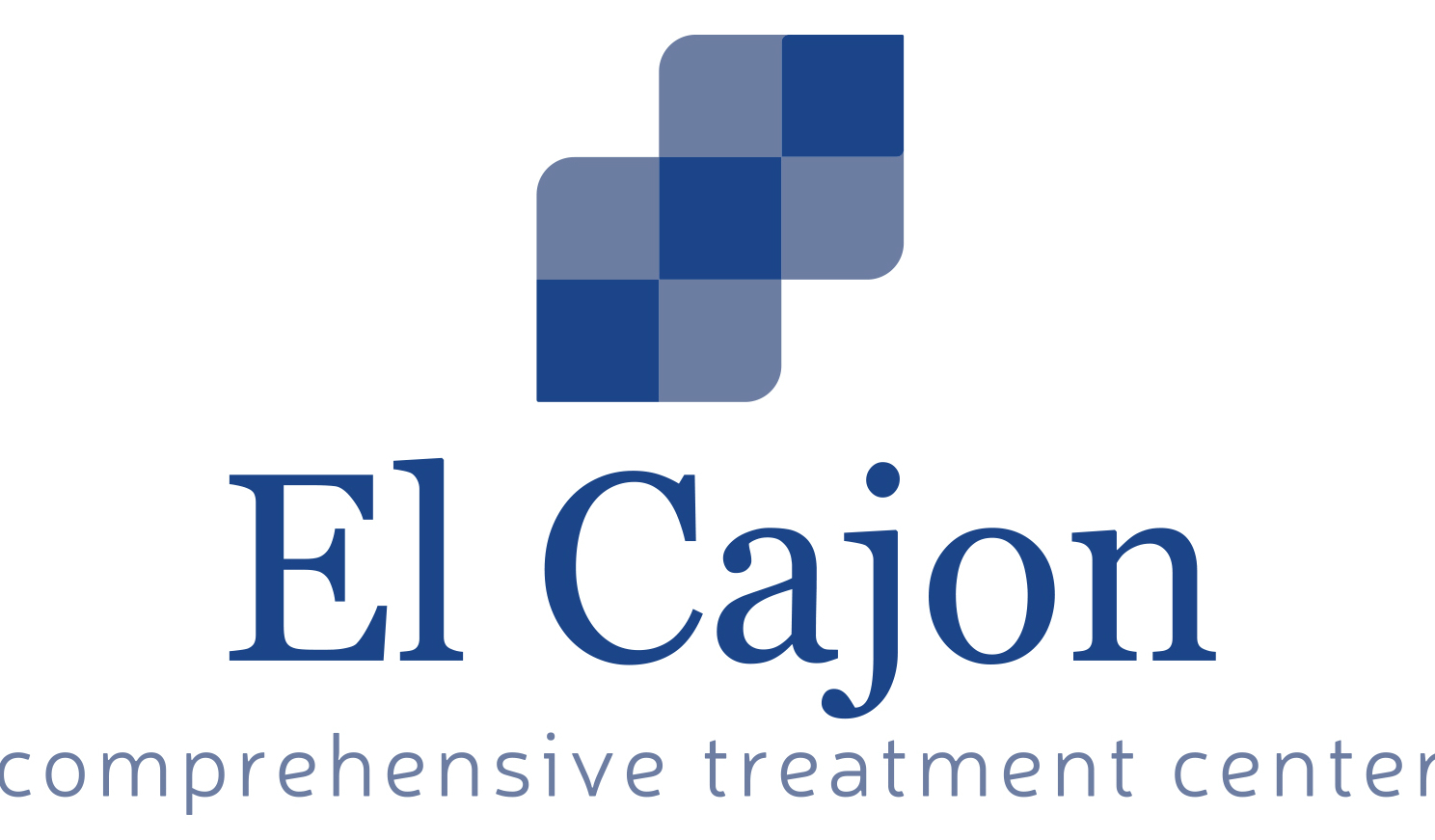What Is OxyContin?
OxyContin is a prescribed drug to give instant relief from severe and chronic pain. Commercially, it’s a trademark name for the medicine oxycodone hydrochloride, and is manufactured and marketed by Purdue Pharmaceuticals in the US. Medically, it is a controlled-release form of oxycodone, which should only be used when prescribed and directed by a qualified doctor. Normally, once consumed, it can provide relief from chronic pain upto 12 hours, depending on the condition of the patient. However, since its introduction in the US market in the year 1996, there has been a gradual increase in its non-medical usage and is giving rise to addiction among youth. As per a recent research by Office of National Drug Control Policy, it was found that around 1.6 million Americans pain killers such as OxyContin for non-medical and recreational usage, giving rise to cases of drug overuse and health complication which can be fatal in some cases.
How Addictive Is OxyContin
OxyContin has been identified as Schedule II controlled narcotic substance, which means that sale and distribution of this medicine should be strictly regulated by Drug Enforcement Administration (DEA) of the U.S. Department of Justice. But unfortunately, this is not the case and more and more people are gradually getting trapped with its harmful effects. The reason OxyContin is so addictive is that, it is an agonist opioids which are used to create some of the best painkillers available currently. Agonist opioids can make you feel better with the increase in its dosage.
Recreational Uses of OxyContin
There are various opioid receptors placed within a human being’s central nervous system. Once OxyContin and other such similar opioid based substance enters the human body, these target these receptors and make them active. Once active, the whole human body including spinal cord, brain and muscles are affected. When the drug mixes with the blood present inside the body, then oxycodone binds with these opioid receptors, then the chronic pain experienced by the person vanishes, breathing become slow and a sense of euphoria is experienced which makes it addictive. Now, once the effects are gone, that person needs more opioid and more OxyContin to experience the same feeling.
Harmful Effects of OxyContin
Some of the harmful effects of OxyContin include:
- Seizures
- Fainting
- Confusion
- Cold and shivering
- Skin itching
- Constipation
- Dizziness
- Headaches
In extreme cases, the addicted person may even die due to overdose of this drug. For more information related to OxyContin rehab centers in California, please call at (866) 531-4569.








